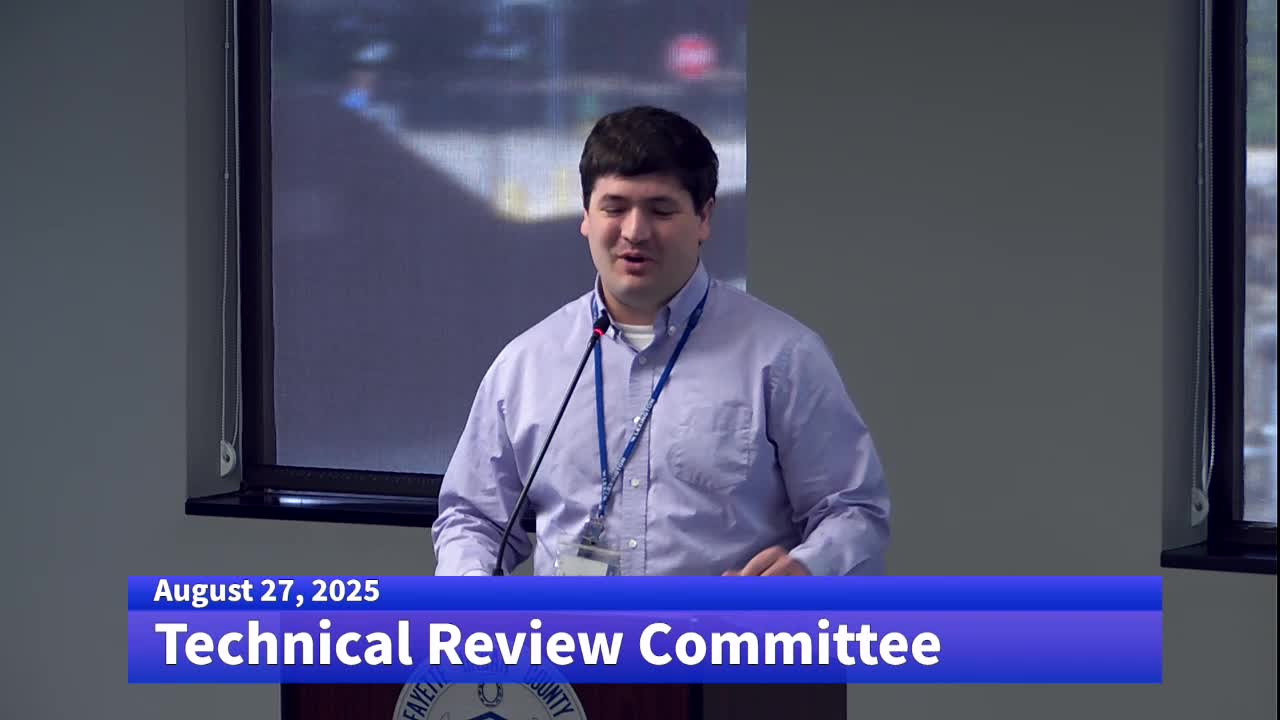Planning Commission reviews Canebrake subdivision zoning change to light industrial and residential
August 27, 2025 | Lexington City, Fayette County, Kentucky
Thanks to Scribe from Workplace AI , all articles about Kentucky are free for you to enjoy throughout 2025!

This article was created by AI using a video recording of the meeting. It summarizes the key points discussed, but for full details and context, please refer to the video of the full meeting. Link to Full Meeting
Key points of the proposal include the need for direct pedestrian connections to buildings, which was highlighted by Traffic Engineering. The committee emphasized that the design must reflect the urban growth master plan, particularly regarding the cross-sections of Canebrake Drive and the intersection with a new street, which may include a roundabout for improved traffic flow.
Environmental considerations were also a focal point, with requirements to label a blue line stream on the property and address conditions related to alluvial soils and steep slopes. The committee noted the necessity for a 15-foot landscape buffer between the industrial and adjacent business zones, as well as compliance with various zoning requirements that differ based on the type of residential units proposed.
The committee raised concerns about the clarity of the residential unit count and the need for detailed specifications regarding setbacks and access points. The urban growth master plan encourages an alley system for single-family homes to reduce curb cuts and promote a more connected street network. However, the current proposal does not fully align with these guidelines, prompting further discussion on how to integrate these elements effectively.
Additionally, the committee addressed the need for a flood study to assess the extent of the floodplain in the area, ensuring that development plans do not conflict with environmental regulations. The discussions underscored the importance of balancing development with environmental stewardship and community connectivity.
As the committee moves forward, they will continue to refine the proposal, ensuring that it meets both regulatory requirements and community needs. The outcome of these discussions will play a crucial role in shaping the future of the Canebrake subdivision and its integration into the broader urban landscape of Lexington.
Converted from Lexington - Technical Review Committee meeting on August 27, 2025
Link to Full Meeting
Comments
View full meeting
This article is based on a recent meeting—watch the full video and explore the complete transcript for deeper insights into the discussion.
View full meeting
